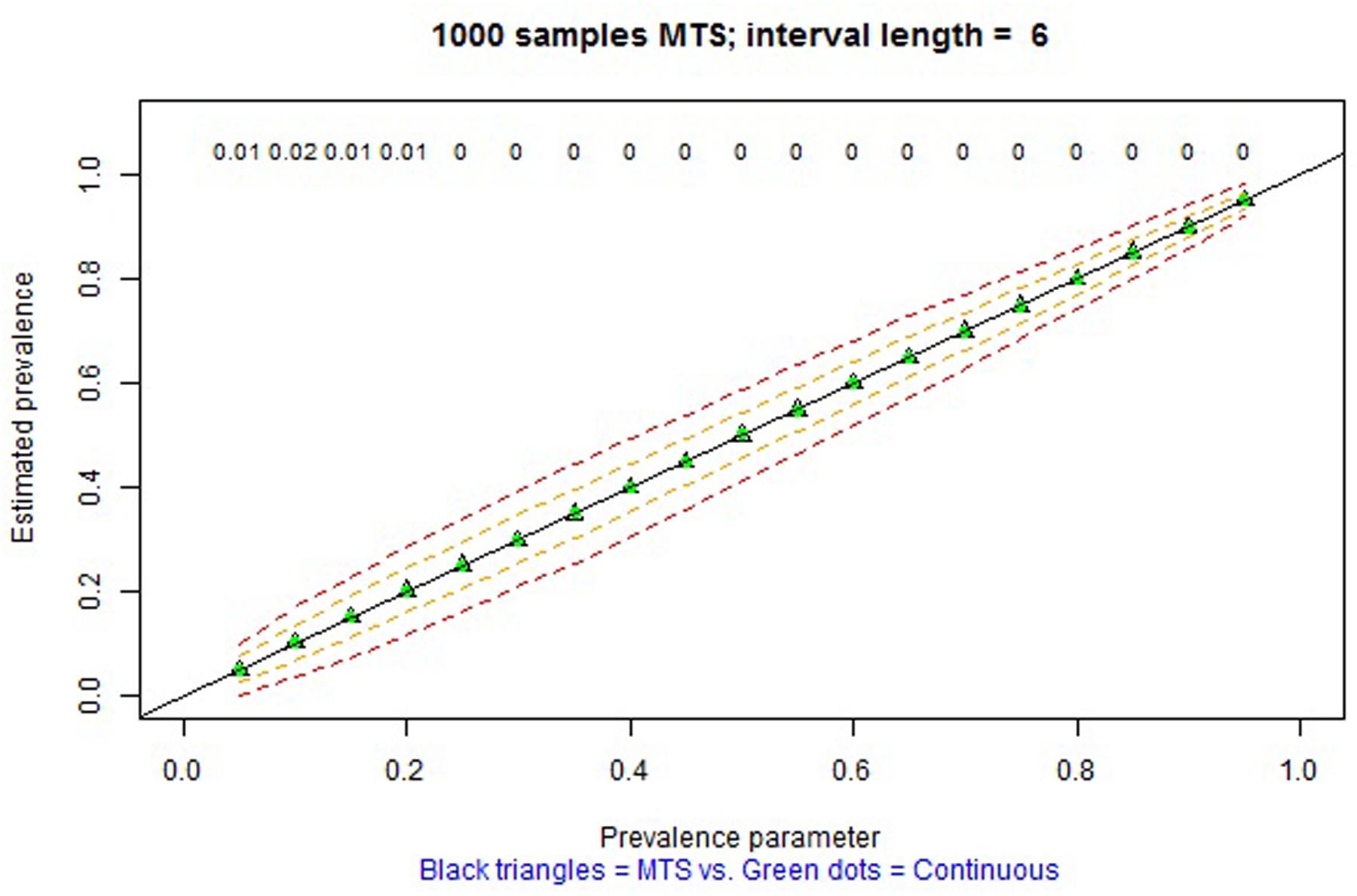
Principles of dialogic pedagogy are used as the basis of our argument whereby “researchers” and “coaches” work collaboratively to co-construct knowledge and support coach reflection, and ultimately develop coaches' practice.Ī desire by early coaching scholars for some dispassionate base-line data to find out what (good) coaches do ( Cushion, 2010), has grown to become a significant focus within sport coaching research over the last 40 years ( Gilbert and Trudel, 2004 Cushion et al., 2012a Cope et al., 2017). The arguments made are based on an alternative way of thinking about systematic observation, as a pedagogical tool that supports coaches in better understanding themselves and their pedagogical practice. The premise of this paper is to consider systematic observation as a coach development tool-a precedent which has been set in the literature. While this research continues to offer a significant contribution to the fields understanding of what coaches do during practice, systematic observation used only in this way has unfulfilled potential.

Initial work, originally undertaken in the 1970's, and gaining traction in the 80's and 90's looked to predominately offer descriptions of coaches' behavior.

Systematic observation has been one of the most employed data collection methods in sport coaching literature. 3Department of Sport and Physical Activity, Edge Hill University, Ormskirk, United Kingdom.Patton College of Education, Ohio University, Athens, OH, United States 1School of Sport, Exercise and Health Sciences, Loughborough University, Loughborough, United Kingdom.Cushion 1, Stephen Harvey 2 and Mark Partington 3 Furthermore, continued systematic observations of mask wearing, distancing, and physical activity behaviors analyzed alongside data related to COVID-19 cases would provide insight to public health researchers when creating infection prevention guidelines whilst promoting physical activity to enhance immunity.Ed Cope 1 *, Christopher J. These findings warrant further examination to discern those who wore masks in groups from those who did not wear masks while exercising alone. CONCLUSION: Mask wearing and physical distancing remained low at the public outdoor recreational park. Physical distancing in the same policy periods increased from 29.1% to 31.4%. Following the CA guideline change, mask wearing decreased from 13.1% (initial policy) to 4.3% (5/03/21). During the same time periods, proper 6-ft physical distancing slightly decreased from 28.9% (initial policy) to 27.1% (4/27/21 policy) then increased to 33.6% (5/13/21 policy). In regard to CDC policy announcements, proper mask wearing decreased from 13.4% (initial policy) to 6.3% (4/27/21 policy) to 4.2% (5/13/21 policy). RESULTS: Out of the total observations (n=711 individuals), 11.4% wore a mask properly and 29.5% maintained a physical distance of ≥6 ft from other individuals. California announced statewide guidelines on May 3. The CDC announced mask and distancing guidelines on April 27 and May 13. Data collection took place twice per week for 13 weeks between March 2021 to June 2021 at a public park located in a Southern California (CA) desert city. METHODS: We used a modified version of the Systematic Observation of Mask Adherence and Distancing (SOMAD) tool to record mask wearing and physical distancing behavior of individuals at a public outdoor recreational area.

PURPOSE: The aim of this study was to observe mask and distancing behaviors of individuals performing PA at a public outdoor recreational setting. Public outdoor recreation spaces are potentially valuable resources to address these challenges, however there is limited knowledge of mask and distancing behaviors in outdoor recreational areas. At the same time, changes in policies on mask wearing and physical distancing may have increased confusion about engaging in PA. During the COVID-19 pandemic, regular physical activity (PA) remained an important recommendation to prevent hypokinetic diseases.


 0 kommentar(er)
0 kommentar(er)
